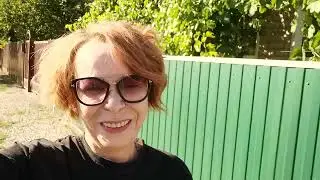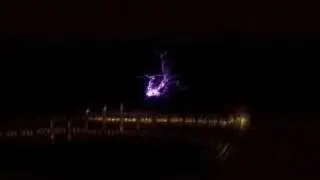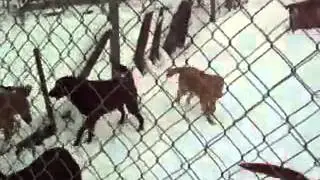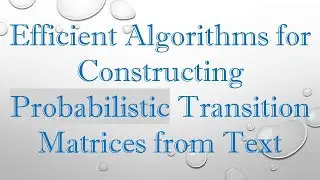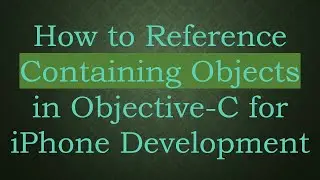How to Improve Camera Calibration in Matlab to Fix Remaining Distortion Issues
Learn effective techniques to address remaining distortion issues in camera calibration using Matlab's Camera Calibrator.
---
Disclaimer/Disclosure - Portions of this content were created using Generative AI tools, which may result in inaccuracies or misleading information in the video. Please keep this in mind before making any decisions or taking any actions based on the content. If you have any concerns, don't hesitate to leave a comment. Thanks.
---
How to Improve Camera Calibration in Matlab to Fix Remaining Distortion Issues
Camera calibration is a fundamental process in computer vision applications that involve determining the camera's internal characteristics. Matlab provides a powerful tool for this purpose—the Camera Calibrator. However, even after calibration, some residual distortion might persist, affecting the precision of your results. Below are some strategies to improve your camera calibration in Matlab and address those lingering distortion issues.
Review Your Calibration Images
The accuracy of your camera calibration is highly dependent on the quality and diversity of your calibration images. Ensure that:
The chessboard or calibration pattern is clearly visible in every image.
Images are taken from different angles and positions to cover the entire field of view.
Lighting conditions are consistent to minimize glare and shadows, which could affect the corner detection.
Increase the Number of Calibration Images
Using more images generally improves calibration accuracy. Matlab's Camera Calibrator recommends at least 20 to 30 images, but more can be beneficial. Make sure these images are varied enough to provide a comprehensive dataset for the calibration algorithm to process.
Double-check Corner Detection
Automatically detected corners might not always be perfect. After running the initial calibration, manually inspect and adjust corner positions if necessary. The accuracy of corner detection plays a crucial role in determining the final calibration results.
Utilize Undistorted Images
Matlab allows you to view the undistorted versions of your calibration images. This feature can help you visually inspect and evaluate how well the distortion correction has been performed. If you observe any significant distortion remaining, it’s a cue to re-examine your calibration process.
Refine Calibration Parameters
The calibration tool provides an option to iteratively refine the intrinsic and extrinsic parameters. Utilize the ‘Refine’ button in the Camera Calibrator to optimize the parameters further, which might help in minimizing the remaining distortion.
Advanced Model Fitting
Consider using additional distortion coefficients if your calibration results are not satisfactory. Matlab allows you to model up to six different distortion coefficients for radial and tangential distortion. Including more coefficients could help capture complex distortions that simpler models miss.
Check for Lens Distortion
Ensure that your distortion model fits the type of lens used. Wide-angle and fisheye lenses require different calibration models compared to standard lenses. Matlab supports various models and selecting the correct one can significantly enhance the calibration accuracy.
By carefully considering these factors, you can improve your camera calibration results in Matlab, ensuring that any remaining distortion issues are minimized, thereby enhancing the accuracy and reliability of your computer vision applications.
Happy calibrating!


